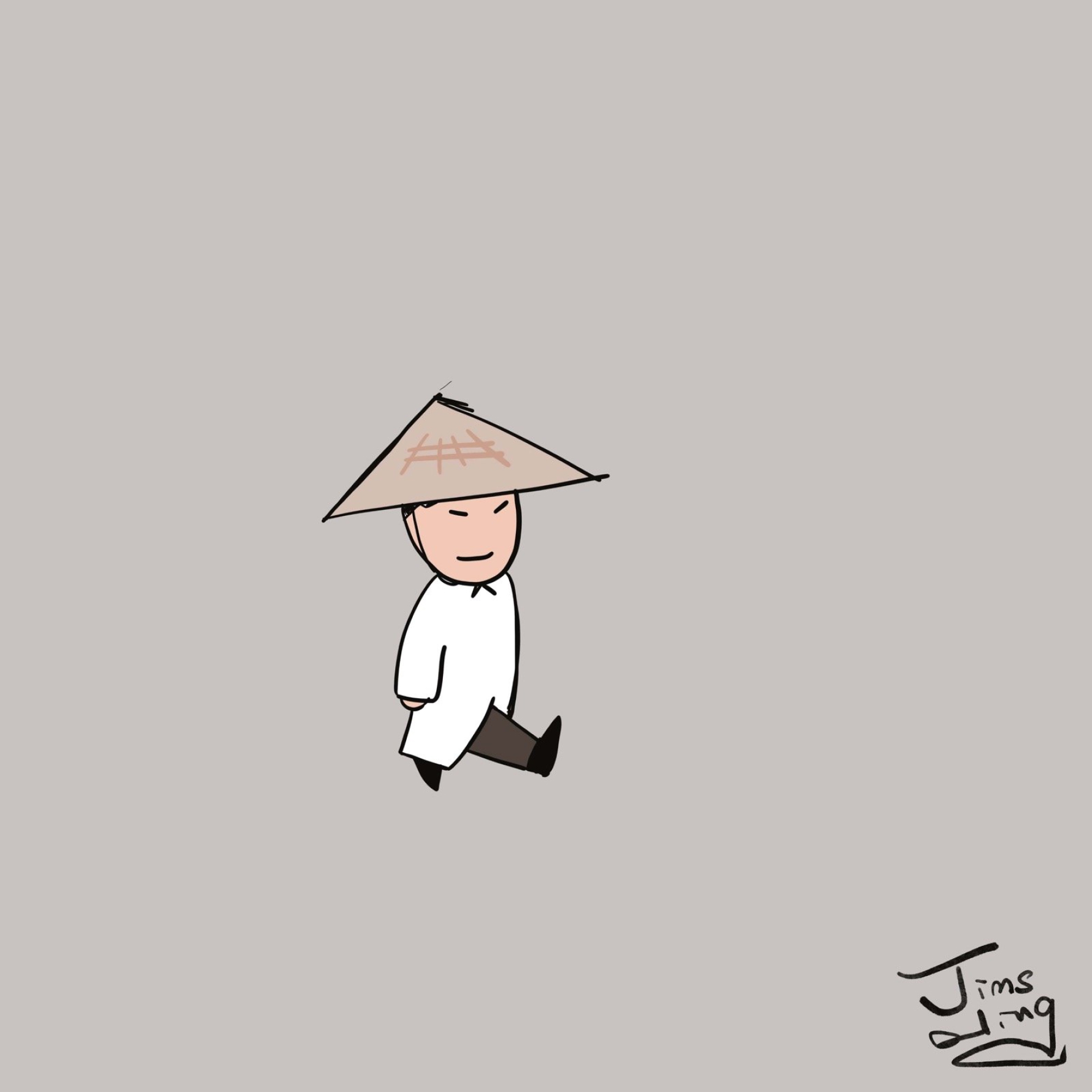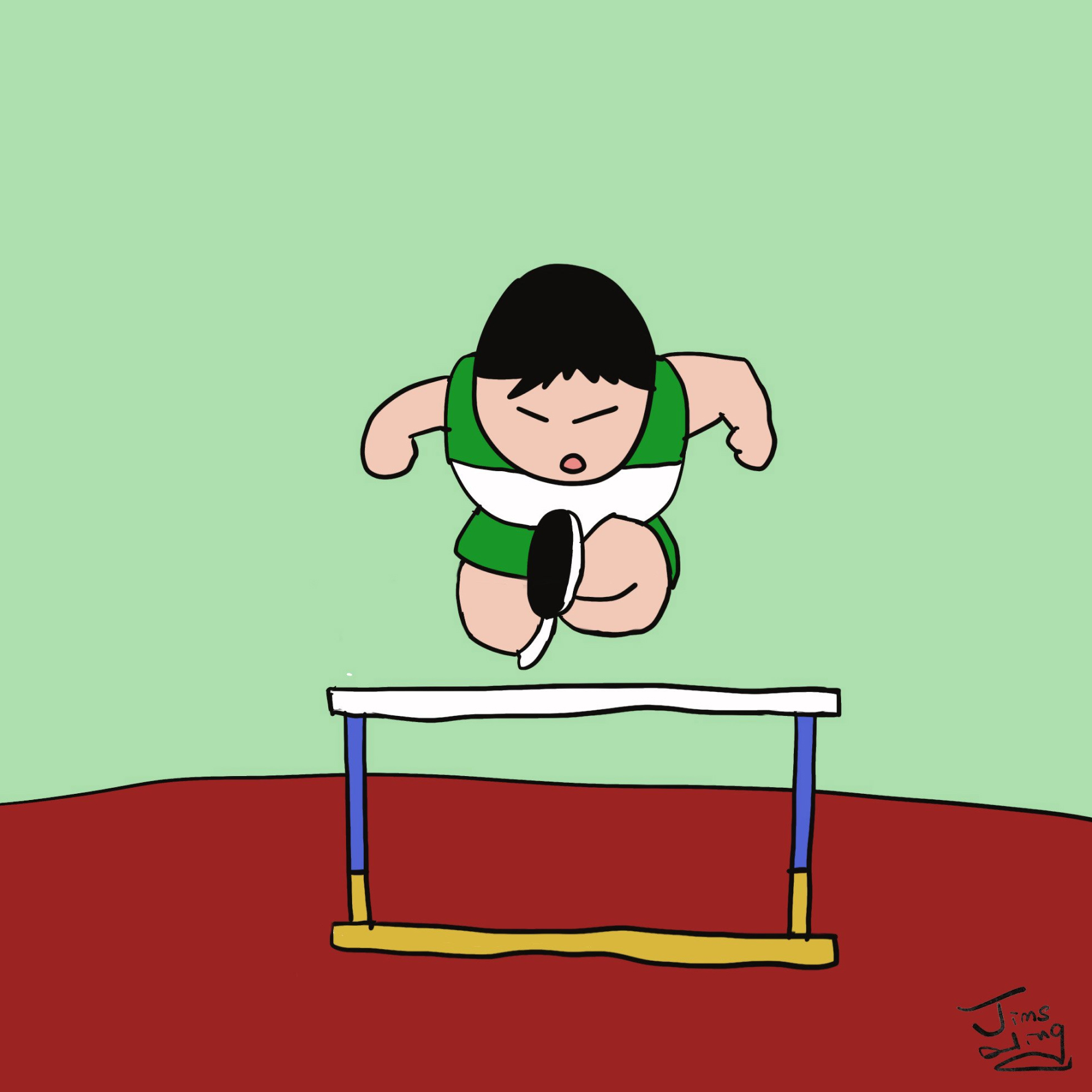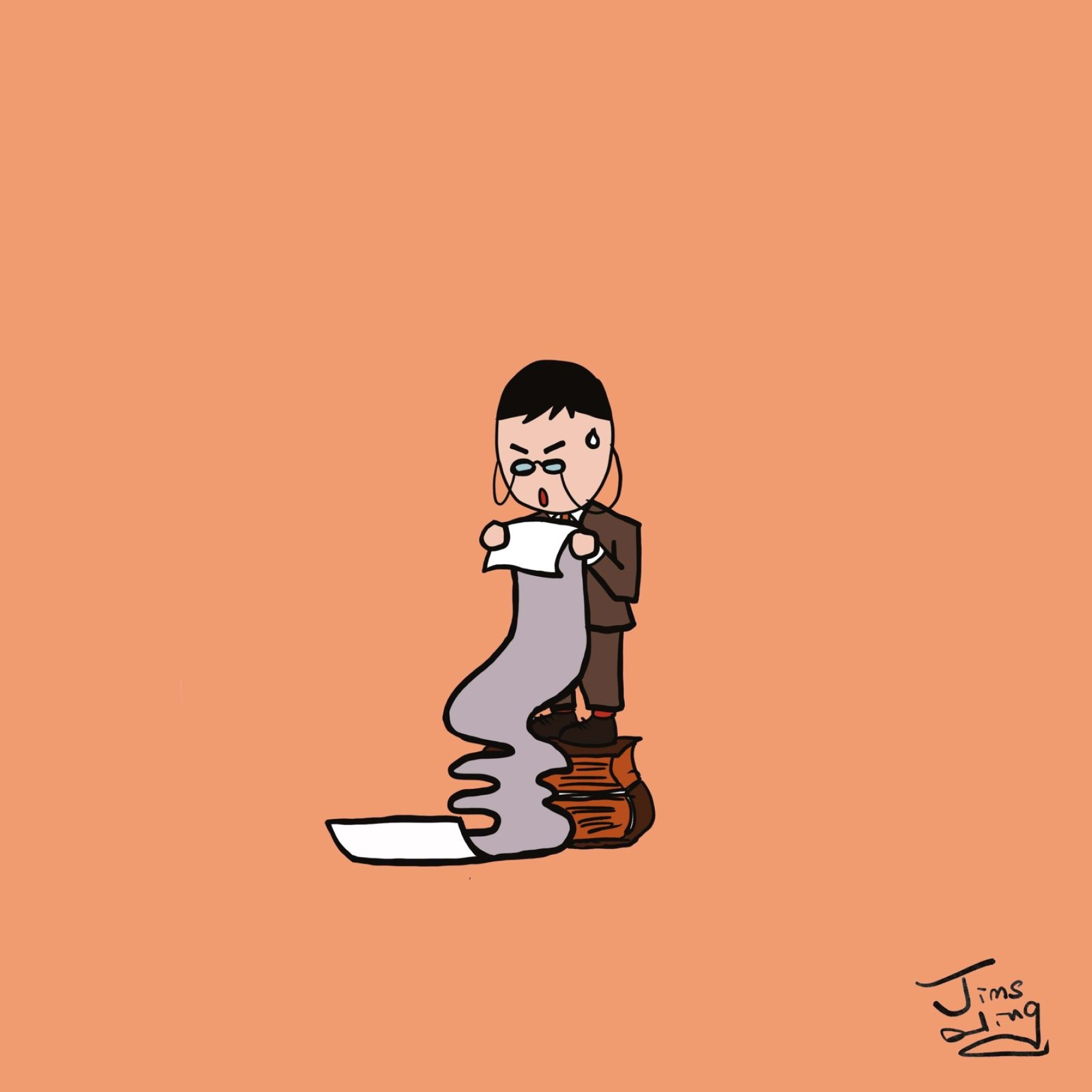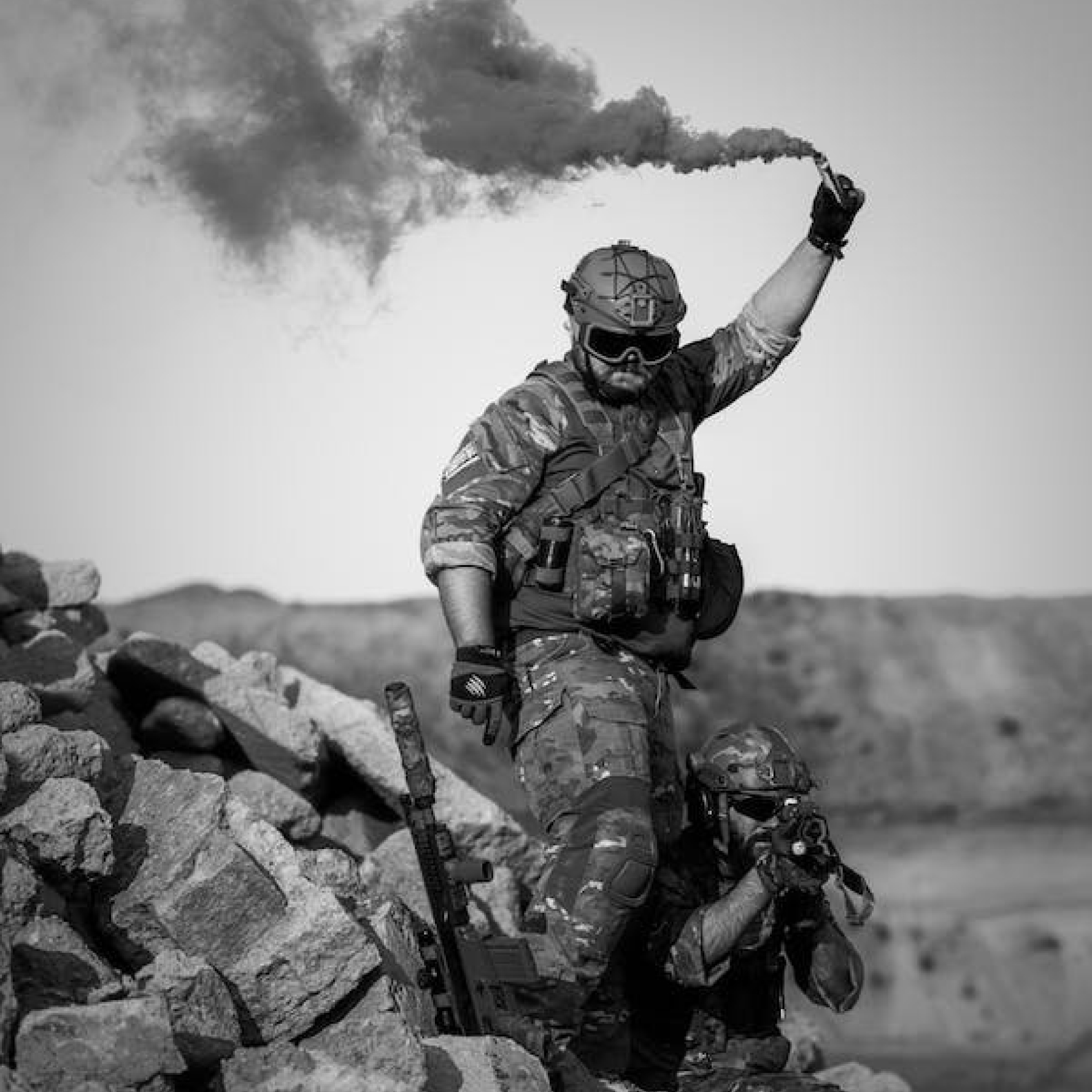Table of Contents
ToggleBackground
China has an enormous number of trademarks, and the monopolistic nature of trademarks has made them a scarce resource in business competition, especially for “great trademarks”. This scarcity has inevitably led to a scramble for trademarks.
Meanwhile, the law stipulates that trademark registrants have the obligation to use registered trademark regularly and continuously. The three-year period following the registration of a trademark is the preparatory time granted by law for the trademark owner to start using it. After three years, anyone can challenge the validity of the trademark based on “non-use for three consecutive years”. This means that anyone can apply to cancel the registered trademark. However, whether the trademark is ultimately canceled or maintained requires the trademark registrant to provide evidence. If there is no evidence or the evidence does not meet the requirements, the trademark will be canceled.
The cancellation of a registered trademark due to non-use for three consecutive years is what we commonly refer to as the “Three-Year Non-Use Cancellation”.
No Groundless Trademark Cancellation Application
If one day you receive a notice of three-year non-use cancellation to provide evidence of use of the trademark, don’t be surprised. In this world, there is no love without reason, much less cancellation without reason.
Essentially, the three-year non-use cancellation system is designed to clear “zombie trademarks”,revitalize trademark resources, and enable those who truly need them to obtain trademark registrations. When conflicts due to identity or similarity arise between the required trademarks, subsequent applicants are forced to clear the conflicting trademarks. The three-year non-use cancellation system is more favorable to the cancellation applicant, as only preliminary investigation is needed to apply for cancellation, and the burden of proof is placed on the trademark owner. Therefore, the three-year non-use cancellation has become a common means to “scramble” for trademark resources.
Whether it is a last resort application for cancellation or a helpless response to cancellation, it shows that in the era of scarce trademark resources, the three-year non-use cancellation, as a common means of competing for resources, is closely related to every business entity.
Since we cannot avoid the troubles caused by trademark cancellation, why not confronting it and understanding it. Doing so can help you manage your expectations, so that if one day you suddenly face trademark cancellation, you will not be caught off guard.
This article does not intend to delve into the specific operations of “handling trademark cancellation”. Based on years of practical experience, the author will share insights on how to view trademark cancellation, as well as some key points and misconceptions in the cancellation process, hoping that readers can have a clearer and more objective understanding of trademark cancellation at the consciousness level. In this way, when encountering specific “troubles” in the future, you can be better prepared and handle them more calmly.
Perception Gap: Your Trademark Usage the CTMO’s Criteria
Before delving into this topic, let’s first consider which of your trademark assets are actually in use.
In the Chinese trademark environment, companies generally do not apply for just one trademark. What is meant by one trademark? One logo registration for one class constitutes one trademark (there are a total of 45 classes corresponding to various industries). For example, if one logo is registered in five classes, it constitutes five trademarks, and if two logos are registered in five classes each, it constitutes ten trademarks. Small enterprises typically possess several trademarks, while medium-sized enterprises may have dozens or even hundreds, and larger ones may have several hundred or even thousands. Are all these trademarks in use? The answer is obvious. The trademarks being used represent only the tip of the iceberg, while the vast majority are for “reserves or defensive” purposes. On one hand, They set aside space for future development of the enterprise, and on the other hand, they help to safeguard the purity of the brand and prevent others from malicious registering or imitating it, thereby prohibiting others from using it. Therefore, the vast majority of “reserves or defensive” trademarks will be difficult to defend if challenged by a three-year non-use cancellation.
We often encounter a situation, for example, the “tiger” trademark is used on ” hoodies” and registered in five classes (including Class 25 “hoodies, shoes, socks”, Class 9 “sunglasses”, Class 14 “accessories”, Class 18 “bags”, and Class 35 “advertising”). If the trademark is only used in Class 25, the other four classes are likely to face the risk of cancellation. Moreover, even if the trademark is used in Class 25, and it is found that the “hoodies” you use fall within subclass 2501, while “shoes” fall within subclass 2507 and “socks” fall within subclass 2509, any subclasses outside of subclass 2501 may face the risk of cancellation. That’s to say, “shoes” and “socks” may be canceled.
Although trademark registration is submitted by class, the registration application needs to specify the specific goods or services, which are allocated to different subclasses. The latest rules for three-year non-use cancellations are “examined by subclass”, meaning you can only retain the subclasses that are actually in use. When you consider the “tiger” trademark is in normal use, which is only used on the “hoodies”, it does not necessarily mean that the “tiger” trademark is being used in all five registered classes.
Inconsistent Use of Products and Registered Goods
There is another easily overlooked situation that can lead to the cancellation of a trademark, which is when the actual products used differ from the goods registered for the trademark. For example, if you are selling “hoodies” and the trademark is only registered for “T-shirts”, even though “T-shirts” and “hoodies” both fall under subclass 2501, it is likely that the use of “hoodies” may not be sufficient to maintain the trademark registration for “T-shirts” if a non-use cancellation is filed by someone.
Therefore, it is very necessary to periodically review the changes in the products sold and the registered trademarks, and if any oversights are found, the trademarks should be updated in a timely manner. Otherwise, if a challenge arises, it may lead to the invalidation of the trademark and have a significant impact on the company’s business.
The above is from the perspective of the trademark owner. Looking at it from a different perspective, if your trademark application encounters difficulties, such as being rejected due to conflicts with other trademarks, then the situation where “the vast majority of trademarks in the Chinese trademark database are not in use” suggests that the general success rate of trademark cancellation is relatively high. It also implies that the likelihood of obtaining trademark registration through “clearance of prior trademarks by trademark cancellation” is relatively high.
The trademark cancellation system is a double-edged sword, as anyone could be the initiator of a cancellation or the respondent to a cancellation. For the party initiating the cancellation, it is important to pay attention to preliminary investigations and assess the feasibility of the cancellation in order to match trademark application strategies. For the trademark owner, the true test lies in the commercial use of the trademark. For trademarks that are not in use, resources can be released according to the circumstances and provided to those who truly need them.
In the business world, just like in a battlefield, it is crucial not only to focus on tactics but also to develop a solid strategy. Only by understanding the legal environment and background, grasping the original intention of the law, and comprehending the rules, can we better utilize rules.








